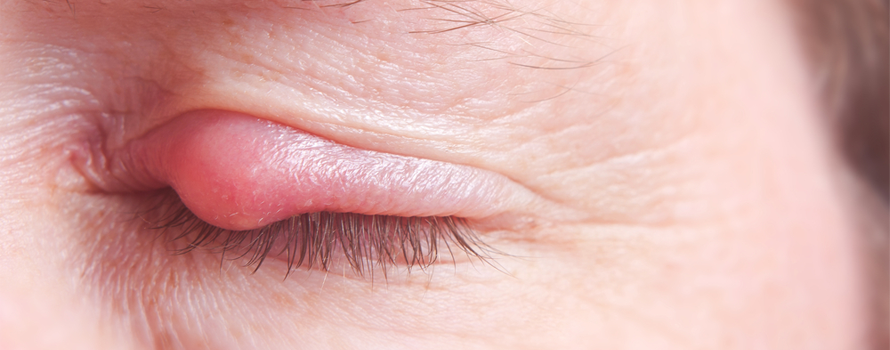
What is a stye?
A stye is an infection in one of the tiny follicles in which the eyelash grows. It looks like a very small boil and can be quite sore, particularly in small children.
What causes it to develop?
Some people are more susceptible to styes than others, and there is no known reason for this, or indeed for the development of styes. However, it is reasonable to assume that styes are caused by minute organisms that normally live on the surface of the skin and somehow manage to get into the eyelash follicle where they multiply and cause infection. This infection forms a small boil or abscess which is known as a stye.
What is the treatment?
Unless there is a succession of styes, or they become severely infected, no particular medical treatment is necessary. The pus which forms inside the abscess will usually ‘come to a head’ after a few days and discharge of its own accord. This results in a reduction in the swelling on the eyelid and a rapid return to normal.
Some people gently pull out the eyelash on which the stye has formed, and this is a very quick way of draining the abscess. However, this form of remedy is not advisable in the case of small children!
Warm compresses or steam help the stye to discharge and can also ease the associated discomfort.
Can styes be prevented?
Since there is no known cause for styes, it is difficult to see how they can be prevented. A good standard of hygiene should always be maintained in the area of the eyes, but even this may not prevent the formation of styes.
Are antibiotics ever necessary?
Antibiotic treatment is very rarely prescribed to treat a stye, but in cases where there is recurrent infection, or if the infection is particularly nasty, a GP may prescribe antibiotic eye ointment or drops.
Are styes contagious?
Many eye infections are contagious, and styes can certainly be passed on from one person to another very easily. A high standard of hygiene is necessary with no sharing of towels or facecloths.



